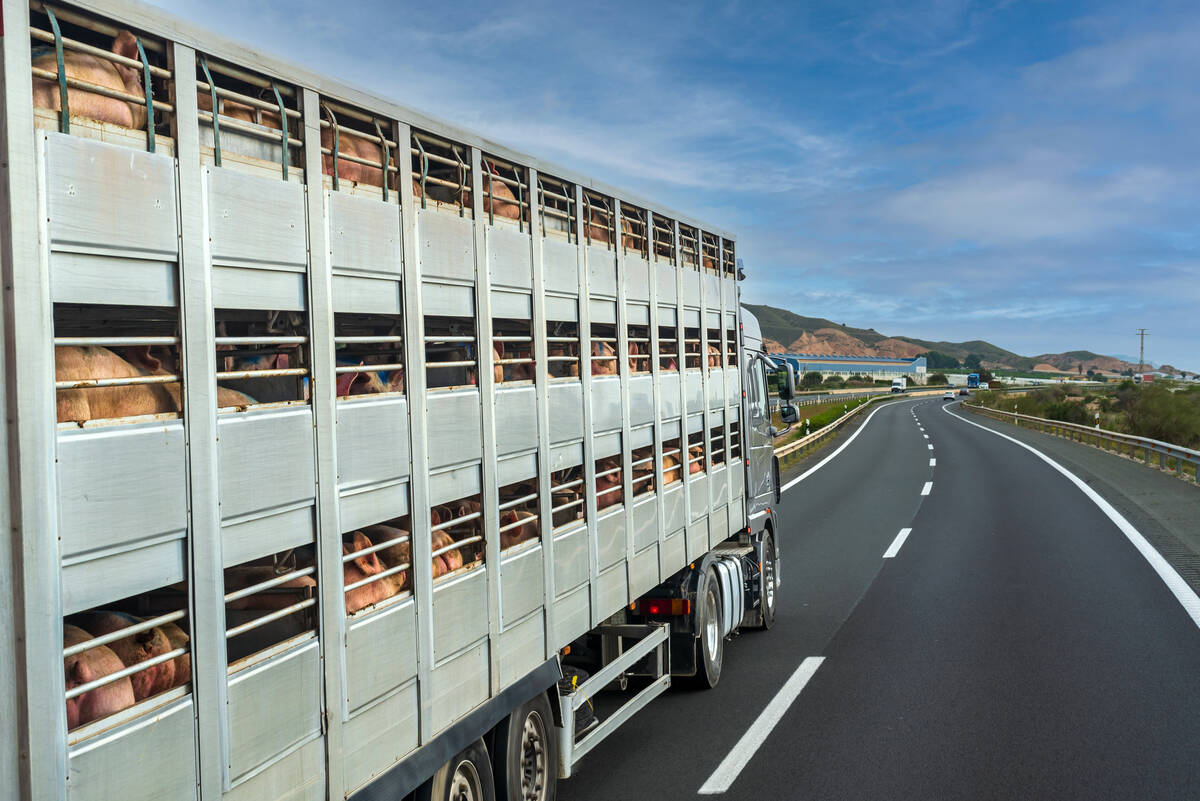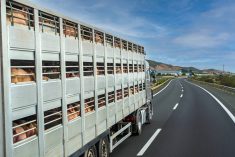Global surveillance needed | Countries take action on antibiotic use
ATLANTA, Ga. — Global surveillance of antimicrobial resistant bacteria is needed because these bugs are on the move.
“Any country with antibiotic resistance is a global concern,” said Tom Chiller, who oversees diseases carried in food, water and the environment for the Centers for Disease Control in the United States.
He told an antimicrobial resistance conference in Atlanta, Georgia, that salmonella Kentucky has become increasingly resistant to drugs such as ceftiofur in Africa, Asia and Europe.
Problems were first noticed in Africa and then in turkey flocks in Europe. Scientists were able to discover the same resistant genetic line wherever that strain appeared.
Read Also

Hogs’ transport stress called costly
Poor trailer design and transportation stress are killing pigs and costing the pork industry millions of dollars in penalties, meat quality downgrades and failed welfare audits, according to research by a federal scientist.
The ability of disease-causing bacteria to fend off drugs has become an international problem in a world that could face a post-antibiotic era in which minor infections are more difficult to treat.
The World Health Organization, the World Organization for Animal Health and the Food and Agriculture Organization have agreed that international standards for testing and surveillance are needed to track and compare bacteria moving around the globe.
The connection between human health and antibiotic use to treat animals is not definitive, but many countries have already banned the use of antibiotics in feed for growth improvement as one way to control potential resistance patterns moving from farm to fork.
The United States wants antibiotics removed from livestock feed and water by 2016. These medications will then be available only through a veterinary prescription.
U.S. president Barack Obama signed an executive order earlier this year to address antimicrobial resistance.
His Council of Advisors on Science and Technology had reported that agricultural use of antibiotics can affect human health, but what was less clear is how that compares to inappropriate or over-use in human health care.
The presidential order said a five-year action plan is required by this February to combat resistance and find new therapies.
Chiller said the goal is to conserve current antibiotics and find the best ways to prevent the development of disease and resistance to drugs.
The U.S. and the European Union formed the Transatlantic Task Force on Antimicrobial Resistance in 2009 to promote appropriate therapeutic use of antimicrobial drugs in medical and veterinary practices.
Pilot projects in Africa, Asia, Europe, Middle East and Latin America have been started to ad-dress global food safety and food-borne infections.
It’s often difficult to pinpoint the exact amount of antimicrobials that are used.
Denmark has been working to reduce the amount of antibiotics used in pig production for many years. It developed a project called Danmap that reports on antibiotic use in animals and people and indicates which antibiotics were used and for what purpose.


















